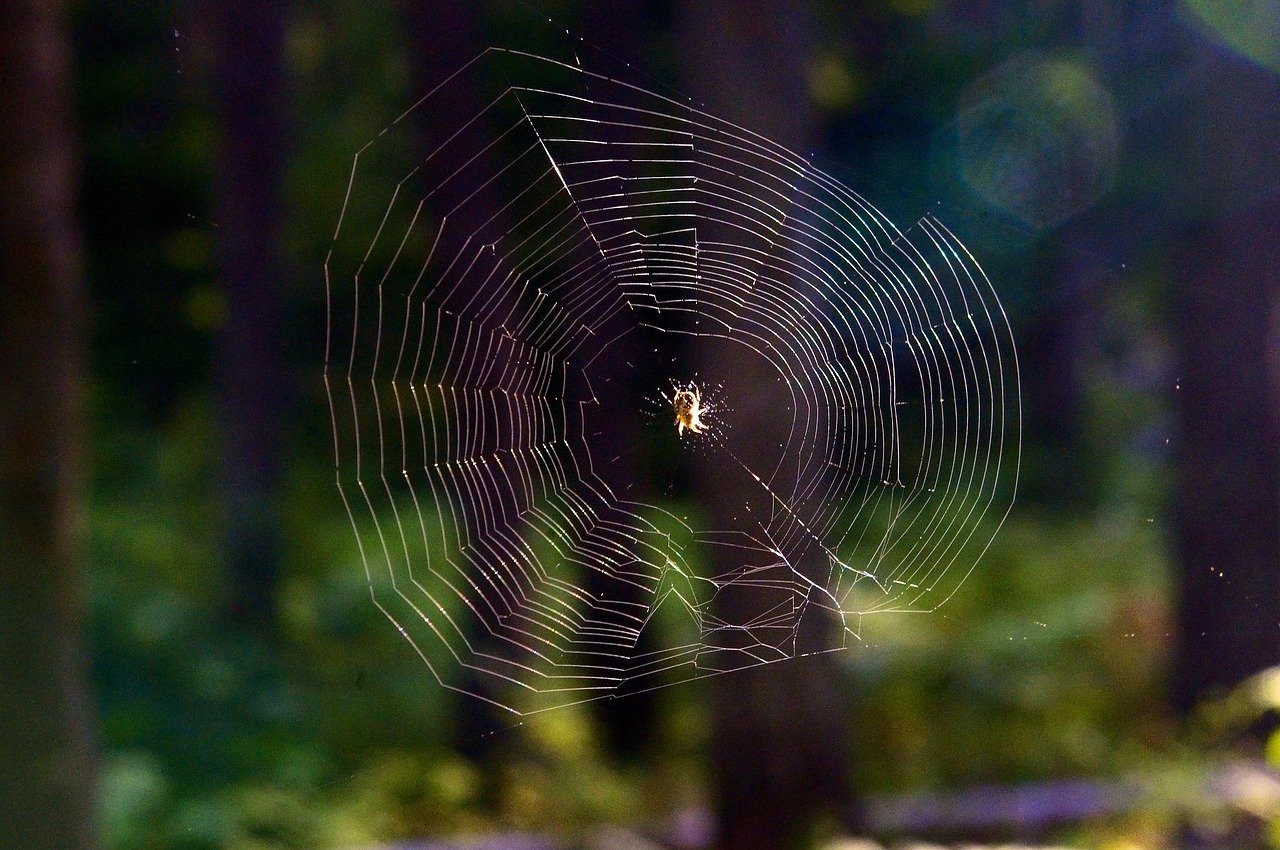
Prices can be perceived with risk. And they can be perceived as high, acceptable and low. But what determines the prices, and is there any theory that can explain the prices?
Prices can have all possible levels from the lowest to the highest conceivable. We know that Economics is dealing with two fundamental choices. The first is the alternatives you have when taking a decision. Everyone can be around us, and when making choices of several possible, you can use price in relation to quality, what is acceptable, or just the choice you feel most comfort with. This is the core in Economics. When doing something you lose other alternatives, and we use and calculate shadow prices to find what we get rid of. Hence, if you are running you lose time and pleasure of taking a trip with your bike. This is the essence in Economics; There is always much to be done, and you cannot be everywhere at any time, but you should choose an alternative that fits your goodness-of-fit. This cannot always be measured in nature, but we should try to explain nature with as many ways that are possible. And firms are most engaged in measuring costs and revenues.
The other fundamental thing with Economics, is that there is scarcity of resources, time, energy and money in nature. You have prices in relation to scarcity. If there is much of something in nature, you get a low price on the product. If there is little of something in nature, you get a high price on the product. And if there is acceptable quantities of something in nature, you get a middle high price.
According to earlier professor Paul Samuelson by MIT, even a parrot can be an economist! You can just learn him or her to say supply and demand! This is the ordinarily way, that we find prices in economical environments. The supply curve tells us that you will offer more with higher prices than with lower prices, and that is due to the fact that you can earn more money on higher prices. On the other hand, the demand curve tells us that you will buy more as a consumer when having low prices in the markets, and you will buy little quantities if there is high prices. There are some exceptions to these cases, but we find these structures in markets around the whole world. If demand equals supply, we get the market cross, and we call this situation for equilibrium. If there is not market cross in the market, and supply and demand are at different sizes, we have disequilibrium. And the structure in the markets is just about organizing the organizations and the actors in the markets.
But this is easy theory. But is there a theory explaining how one gets from disequilibrium to equilibrium and also in the opposite direction? Yes, there is, and few lectures and few economists can even reveal this thinking. We compare the market and the market structure with a spider web! If one is going from disequilibrium to equilibrium, you have a convergent spider web. Any deviation between supply and demand, will be filled with new and new adjustments until you get the market cross, and supply equals demand. This is the true situation to get one price and one quantity of demand and supply in the market. We can use this logic for every market, also the raw materials! If we are moving the other way in the market, we move from a market cross and equilibrium to disequilibrium. The forces in the markets are nearly always to get a market cross, but we can also move the other way! This is called for an exploding spider web. Some forces in the markets imply that we are moving from the market cross! And last, but not least, we can experience both a situation with moving to and from equilibrium for one or more products in the market. We are calling this for an oscillating price structure in the market or an oscillating spider web! Spider webs are just like how the markets are functioning, and we find these spider webs in nature!
Hence, we can conclude that prices can move in strange or in sensible ways in the markets. We have to examine the real and concrete structure, and maybe we can affect the prices and get a situation in the markets that is welcome for everybody!
Please do follow if you want to keep up with my next article. Any upvotes or resteems are hugely appreciated!
Latest article, check out :
Article - The history of music artists: The case of Whitney Houston!
Sverre Larsen
Kristiansand, Norway
Latest content: Travel, Art, Food, Article, Poetry

